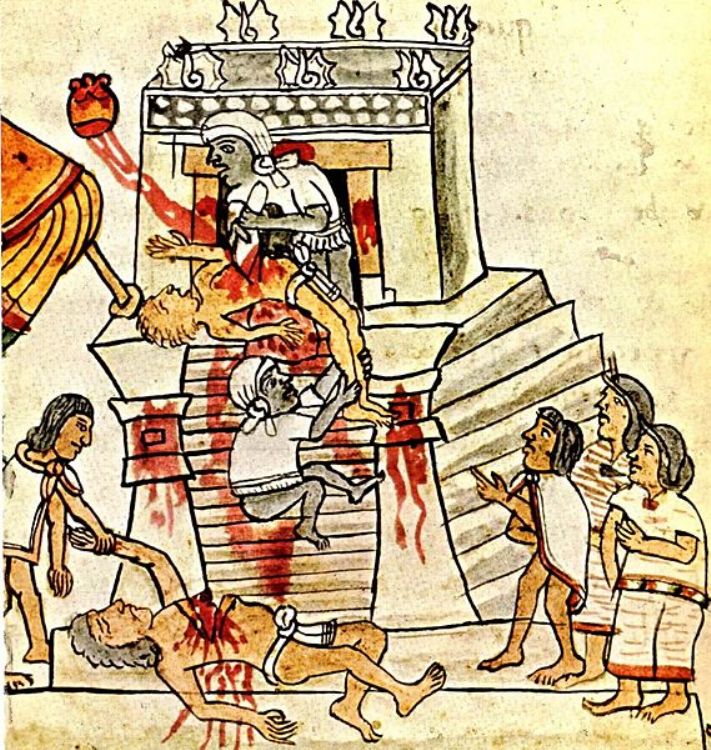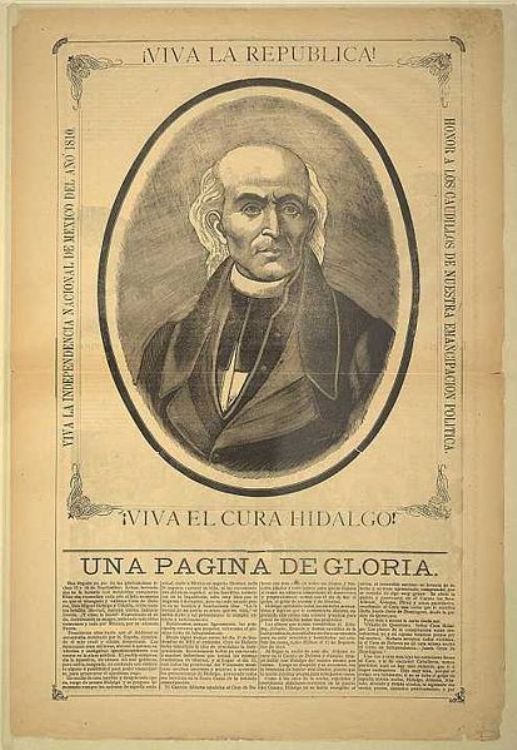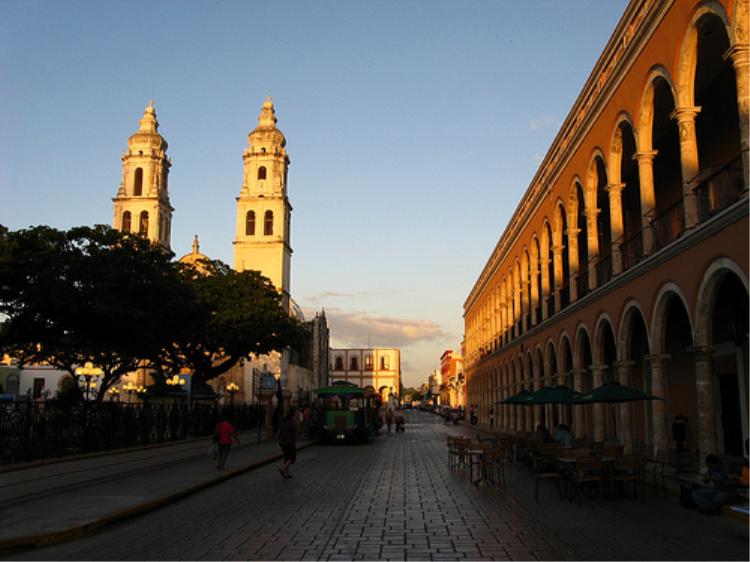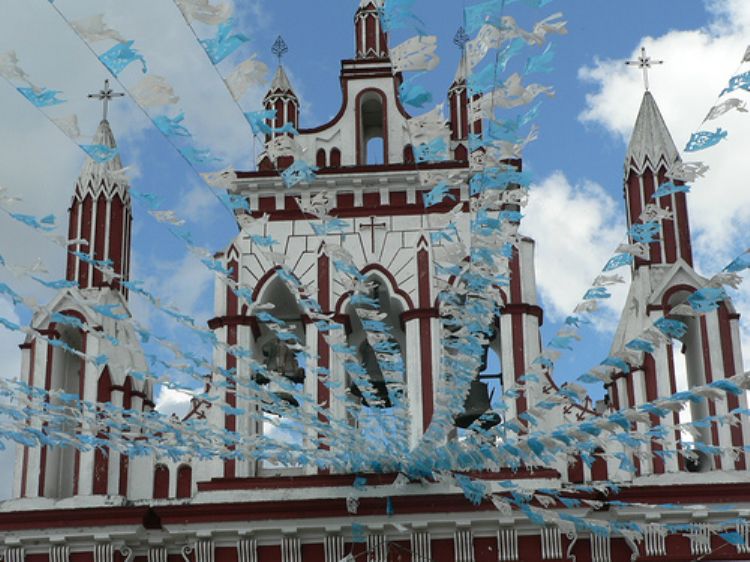The Porfiriato
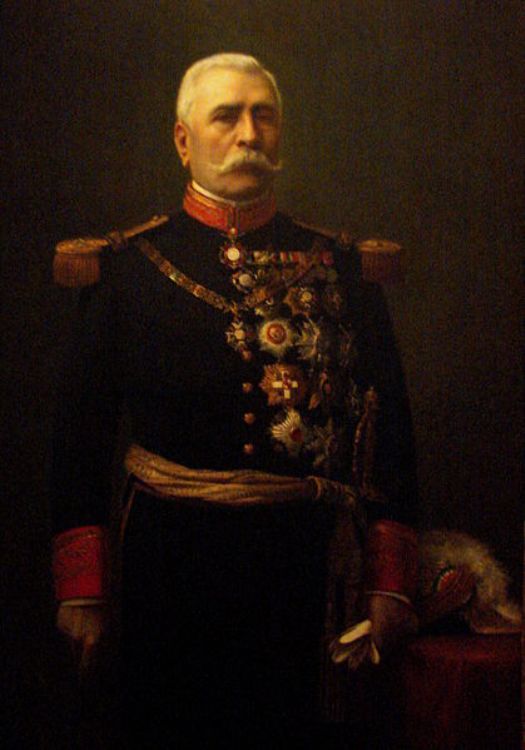
Porfiriato lasted 35 years, when Mexico was governed by General Porfirio Diaz from 1876 to 1911. The Generalâs philosophy was based on positivism, promoting progress, order and peace.
The peace imposed during the Porfiriato provided fertile grounds for the economic, scientific and cultural progress of the country. Porfirio Diaz ordered the construction of more than 19,000 kilometers of railways; the telegraph network for communicating the whole country; great investments of foreign capital and a great industrial boost; and the organization of the bank system. During that era, the fine arts also flourished and institutes, libraries, scientific societies and cultural associations were founded.
From being a military man formed in the battle fields, characterized by the brusque language that had won the obedience of his soldiers and with utter disregard for social forms, in 1881 he married Carmen Romero Rubio and she was devoted to turning him into a refined man. His wife taught him English and French, high society manners, a proper vocabulary and the trait that defined his governmentâs policy, the art of conciliation.
In addition to the great economic growth provided internally by the Porfiriato, the government of General Diaz strived to turn the âbarbarianâ image that identified Mexico worldwide, into one of a âcivilized nationâ. Diazâs collaborators achieved great international presence by exhibiting the countryâs many resources at international fairs, with the intention of interesting foreign investors.
The greatest symbol of economic progress that the Porfiriato provided Mexico was the railroad. Porfirio Diaz was devoted to building railroad networks in great scale, with the help of foreign investments. This prompted a conflict between North Americans and English, who developed and controlled the railroad concessions until 1909, when they were nationalized. When Diaz became president in 1876, there were 800 kilometers of railroads in the country; at the end of his tenure in 1911, he left the country with more than 20,000 kilometers of railroads.
During the Porfiriato, the first hydroelectric plants were built, taking advantage of the privileged orography of the country for generating electricity through turbines and the oil reserves of Veracruz were discovered, providing an unprecedented boom in the countryâs industries. Regarding mining, Mexico occupied first place in the production of silver worldwide, a place it still holds. This development of metals and fuels enticed foreign investments and the creation of textile, paper, shoes, chemicals, glass and cement factories. This production was intended for exports, satisfying the agricultural and industrial needs of foreign commerce with gold, silver, henequen, rubber, sugar, leather and lumber.
The greatest expression of devotion to the arts during the Porfiriato can be appreciated at Palacio de Bellas Artes, built in 1904 to celebrate the 100th Anniversary of Mexicoâs Independence. The positivist philosophy of the Porfiriato granted great importance to the study of history, which Diaz took advantage of to achieve national unity through the Ministry of Public Instruction, headed by Justo Sierra. This granted special emphasis to the Second French Intervention and abandoned the feelings of rejection towards the Spanish that had been promoted since Mexicoâs Independence.
Porfirio Diaz and his collaborators printed the national identity with humanism, futurist progress showed a profound respect and interest in proudly praising the ancestral roots of its own history. Porfiriato focused its resources on giving a special place to the prehispanic cultures, creating the Museum of Archeology and the Mexican School of Archeology, History and Ethnography in order to exhibit the main works of Mexicoâs ethnic groups.
Porfiriato also granted special importance to education, with the support of liberal intellectuals. In 1891 the Statutory Education Law was promoted, and is still in force, establishing that education is secular, free and obligatory throughout the country. More than two hundred schools for teachers were founded. Justo Sierra presented the project for the creation of Mexicoâs National University, inaugurated in 1910.
In 1906 started a grave popular discontent against General Diaz and his government, prompted by the world economic crisis and drought. The scarcity of food and the increase of unemployment detonated the mobilization of Mexican workers that, inspired in the workers movement emerging in the US to demand workers rights, started a series of demonstrations that culminated with strikes that were stifled by the army. This abuse of power fostered a campaign to discredit Diaz among the liberal and radical anarchist sectors of society, giving voice to the peopleâs demands.
In 1909, Francisco I. Madero launched his political campaign in search of being democratically elected for President and thus, overthrowing Diaz. That is how the Mexican Revolution began, achieving the resignation of Porfirio Diaz on the May 5, 1911, putting an end to the Porfiriatoâs chapter.
Article Produced by the Editorial Team of Explorando Mexico.
Copyright: Explorando Mexico. All Rights Reserved.
Photo: Wikipedia


